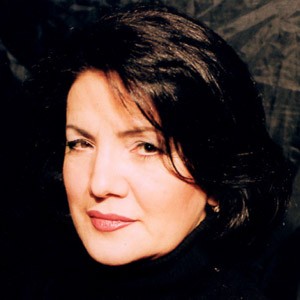
Franghiz Ali-Zadeh
Music for Piano (1989/1997)
For this piece, Azerbaijani composer Ali-Zadeh lays a beaded necklace on the strings of the piano to evoke a traditional instrument, the tar. Music for Piano encapsulates her style of combining Azerbaijani folk music traditions with Western compositional techniques of the 20th century.
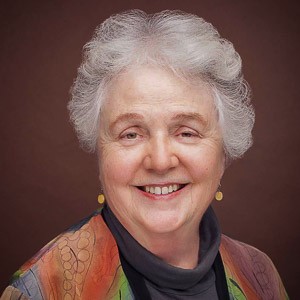
Elinor Armer
Thaw (1975)
Elinor Armer studied with Darius Milhaud at Mills College, and teaches at the San Francisco Conservatory. Her Thaw explores reverberating overtones created by the suspense of delicate chord clusters, with a central virtuosic recitative section, expressing Armer’s own formidable talents as a pianist.
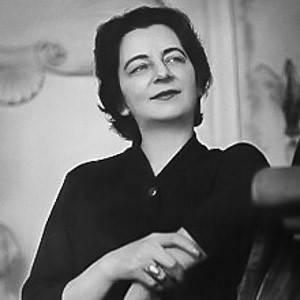
Grażyna Bacewicz
Scherzo (1934)
This playful piece was written when Bacewicz was 25 and developing her extraordinary talents as one of Poland’s finest 20th century composers. Less than a decade later, she would go on to not only survive, but compose through the Nazi occupation of Warsaw. Determined to perform during this tumultuous period, she also gave secret underground concerts.
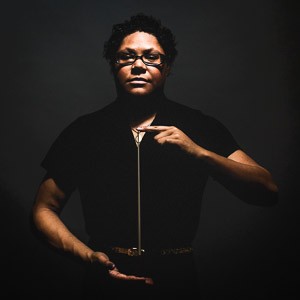
Elizabeth A. Baker
Four Planes (2015)
The multi-talented Elizabeth A. Baker describes herself as a “New Renaissance Artist.” She says Four Planes (for solo piano) was inspired by British visual artist Christopher Watt’s work Four Planes. The performer assembles four sheets of paper with arrangements of numbers to determine the sequence of the score, so every performance will be different.
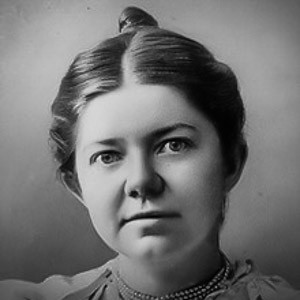
Amy Beach
“Dreaming” from Four Sketches (1892)
When she married at the age of 18, Amy Beach had to give up her career as a touring pianist and piano teacher, but she continued self-studying composition and composing until her death at age 77. She wrote her Four Sketches at the age of 25. “Dreaming,” the third sketch, is pensive and sentimental as the title suggests.
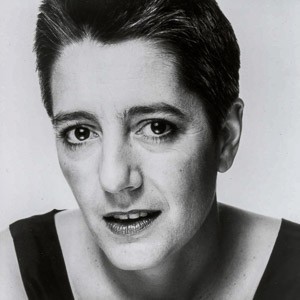
Eve Beglarian
Fireside* (2001)
Fireside was commissioned in 2001 by Sarah Cahill in celebration of Ruth Crawford Seeger's centennial. The piece sets a poem Ruth Crawford wrote when she was 13 years old. Beglarian’s melody of this piece is based on a 16th-century chant, and also inspired by Psalm 77, verse 20: "Your way was through the sea,/your path through the mighty waters;/yet your footprints were unseen."
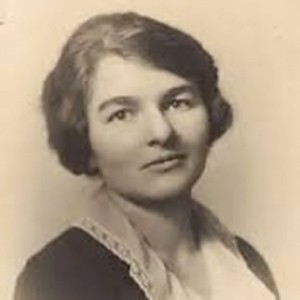
Johanna Beyer
Dissonant Counterpoint V & VII (1930s)
Beyer was born in Leipzig in 1888 and wrote most of her music between 1930 and 1940. She was active in the circle of musicians around Henry Cowell, but after her death from ALS in 1944, she was nearly forgotten. “Dissonant Counterpoint” was a method promoted by Charles and Ruth Crawford Seeger, transformed here through Beyer’s intensely intimate style.

Anna Bon
Sonata No. 6 (1757)
Anna Bon was a significant transitional figure from the Baroque to Classical era. She began to study at a convent music school when she was very young and toured with her parents as a musical wunderkind. Though her catalog of works is rather short, having died at the age of 29, the works showcase maturity, sophistication, and an original voice. She wrote her six keyboard sonatas when she was 19 years old.
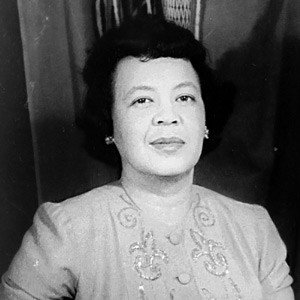
Margaret Bonds
Troubled Water (1967)
Margaret Bonds was a brilliant pianist as well as composer: she was the soloist for the premiere of her friend Florence Price’s Piano Concerto. While she is best known for her vocal music, her Troubled Water, which is part of her Spiritual Suite, is a virtuoso fantasy on the spiritual “Wade in the Water.”
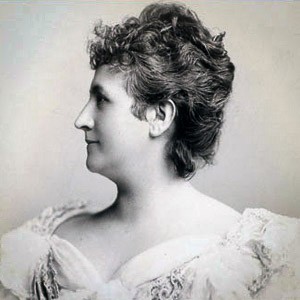
Teresa Carreño
Un rêve en mer (1868)
Carreño was a prodigious Venezuelan pianist, composer, soprano, and conductor. She played piano for Abraham Lincoln in the White House at age 9 and studied with Franz Liszt and Charles Gonoud as a teenager in Paris. Carreño wrote Un rêve en mer or “A dream at sea" when she was just 15 years old.
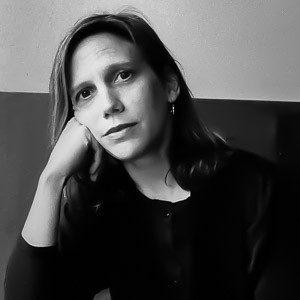
Linda Catlin Smith
A Nocturne (1995)
Toronto-based composer Linda Catlin Smith is often inspired by the work of writers and painters, including Marguerite Duras and Mark Rothko. She describes her Nocturne: "As I was writing this piece, the material seemed more and more to be disappearing; day disappears into night..."
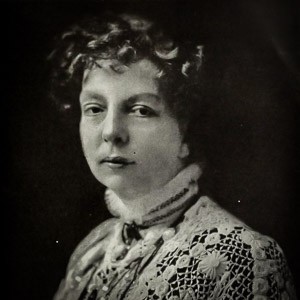
Cécile Chaminade
Theme and Variations (1895)
Chaminade composed more than 350 works throughout her life including a comic opera, chamber music, and orchestral scores. In 1913, she became the first female composer to be awarded the Légion d’Honneur by the French nation. Chaminade’s main medium was the piano, and her Theme varie in A major is an example of her mastery of classical forms.
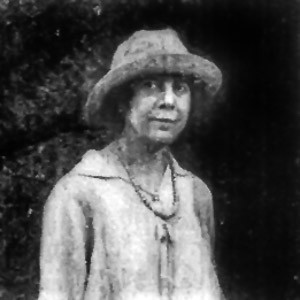
Fannie Charles Dillon
Birds at Dawn (1917)
Born in Denver, Dillon moved to California and wrote this piece inspired by birds in the Sierra Mountains, and notates their songs in the score.

Chen Yi
Guessing (2000)
Chen Yi grew up in China during the Cultural Revolution and studied regional folk music in the countryside. She believes that music is a universal language, improving understanding between peoples of different cultural backgrounds and helping to bring peace in the world. Chen Yi's Guessing is based off of a very popular Chinese folk song of the same name.
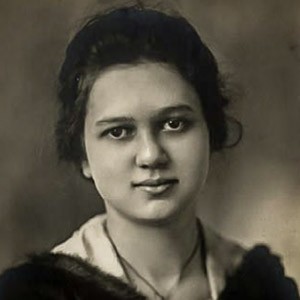
Ruth Crawford
Preludes 6 and 9 (1928)
Still in her twenties, Ruth Crawford wrote these compressed, mystical preludes while living in Chicago. These preludes signified the beginning of her "ultramodern" compositional style, which rejected the form of traditional European art music in favor of dissonant sonorities and innovative textures.
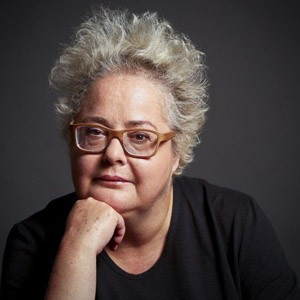
Maria de Alvear
Intenso (1994)
Maria de Alvear is a Spanish-German composer whose works are often long form and allow great freedom to the performer. Of de Alvear, American composer and critic Kyle Gann wrote that she is "impossible to place among the ‘-isms’ of contemporary music.” This is an excerpt of her hour-long Intenso.

Kui Dong
“Metal” from Earth, Water, Wood, Metal, Fire (2001)
Born in Beijing, Kui Dong's works show a unique synthesis of influences from Avant-garde experimental to jazz while maintaining profound respect to Western classical music and a cultural connection with her roots. Inspired by the five elements that make up the material world according to traditional Chinese beliefs and commissioned by Sarah Cahill for the Smithsonian’s 300th anniversary in 2001.
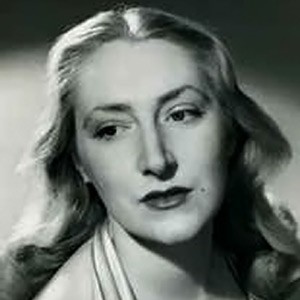
Madeline Dring
excerpts from Colour Suite (1963)
Madeleine Dring grew up in London and composed theatrical works and chamber music as well as piano solos. Her Colour Suite, subtitled “Five Rhythmic Studies for Piano,” reflects her interest in jazz, calypso, and other vernacular forms, combined with her classical training.

Reena Esmail
Rang de Basant (2013)
Indian-American composer Esmail explains that her title comes from “an iconic Hindi film, ‘Rang De Basanti’ (which literally translates to ‘Give it the color of Saffron’).” The title is also a play on words, since she also evokes the “Raag Basant,” which she describes as “dark and exotic, rendered in bold colors, and winding through passages of sinewy chromaticism.”
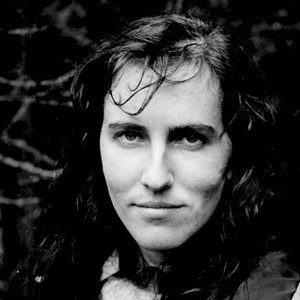
Elena Firsova
Hymn to Spring (1993)
Russian composer Elena Firsova emigrated to London with her husband Dmitri Smirnov after being blacklisted at the Sixth Congress of the Union of Soviet Composers for unapproved participation in festivals of Soviet music in the West. She wrote Hymn to Spring, inspired by bird song, for their daughter Alissa, who became a composer, pianist and conductor.
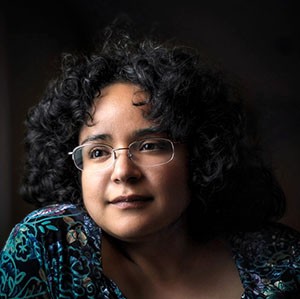
Gabriela Lena Frank
Barcarola Latinoamericana (2007)
Gabriela Frank writes: “Barcarola Latinoamericana (2007) for solo piano is a folkloric piece inspired by the vital folk-fusion musical culture in Latin America today... ”
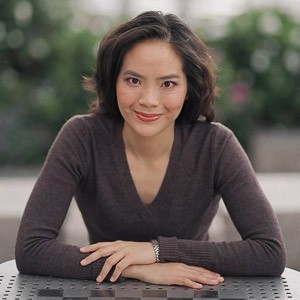
Vivian Fung
Glimpses (2006/2016)
Glimpses is a set of three pieces, each featuring a different aspect of prepared piano. The first uses fast interlocking rhythms coupled with different colors of prepared strings to bring out the percussive nature of the piano. The second relies on the colors of the upper ranges of the piano to depict light and sweeping motions. In the third piece, “Chant,” the pianist “bows” the strings with rosined butcher twine to simulate a long deep drone.
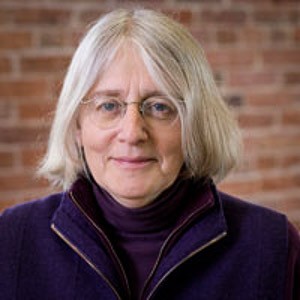
Janice Giteck
Tara’s Love Will Melt the Sword (2002)
Janice Giteck studied composition with Darius Milhaud and Olivier Messiaen and she also studied Indonesian gamelan music with composer and gamelan builder Daniel Schmidt and percussion with Ghanaian drummer Obo Addy. Giteck says this piece "addresses two female manifestations of Buddha, in particular the Blue Tara-healing Buddha and White Tara-compassionate Buddha.
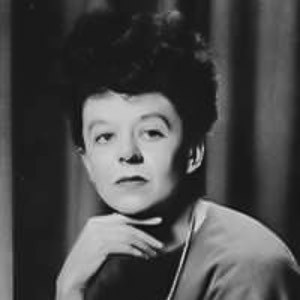
Peggy Glanville-Hicks
Prelude for a Pensive Pupil (1958)
Glanville-Hicks was born in Australia and composed prolifically, becoming renowned for her operas. She also wrote music criticism for the New York Herald Tribune and served as the musical director at the Museum of Modern Art in New York. Her Prelude for a Pensive Pupil is one of only three solo piano works that survives today.
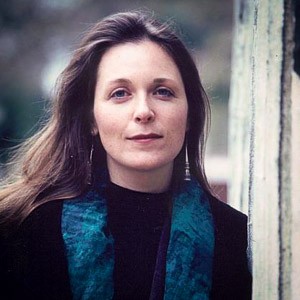
Deirdre Gribbin
Unseen (2018)
The title of Irish composer Gribbin’s latest piano piece refers to about eight thousand homeless people in London and their apparent invisibility. According to Gribbin, "‘Unseen’ is a ‘reality check’ on my life in this great city. This work, at this particular time and, in this particular place reflects my desire to embrace an awareness more fully of my immediate surroundings in all their beauty and cruel pain."
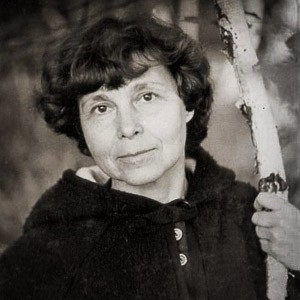
Sofia Gubaidulina
Chaconne (1962)
Russian composer Gubaidulina names Bach as one of her main inspirations, and composed this Chaconne as a post-graduate student at the Moscow Conservatory. She conveys the chaconne form in the eight-bar bass line and the opening harmonic progression, which recur throughout this powerful piece.
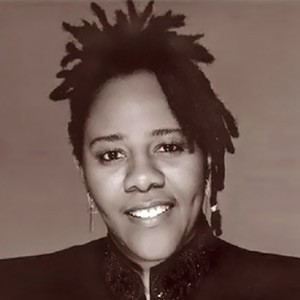
Regina Harris Baiocchi
Piano Poems* (2020)
Piano Poems, commissioned by Sarah Cahill, is inspired by the poetry of Gwendolyn Brooks and Richard Wright, as well as Baiocchi’s own poems. Along with her work as a composer, Baiocchi founded the Haiku Festival in Chicago to inspire children’s poetry and promote literacy.
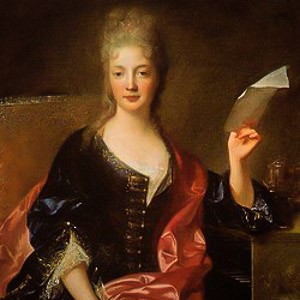
Élisabeth Jacquet de La Guerre
Keyboard Suite in D minor (1707)
Jacquet de La Guerre enjoyed great success as a composer and keyboardist, and composed operas, cantatas, and music for theater and ballet. This dance suite was originally composed for harpsichord and consists of nine movements, each named after a different court dance style.
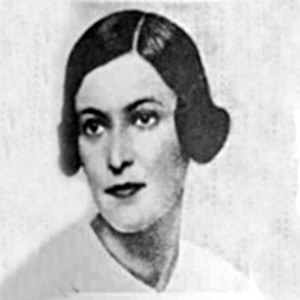
Agi Jambor
Piano Sonata to the Victims of Auschwitz (1949)
Hungarian pianist Agi Jambor lived through World War II by fighting in the Resistance and hiding from the Gestapo. After her escape to the US, she became a political activist and played for President Truman in the White House. Her three-movement Piano Sonata is dedicated to the victims of Auschwitz.
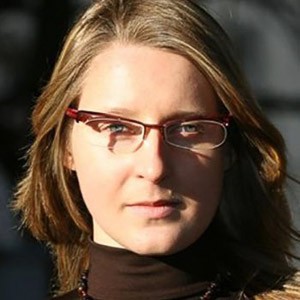
Dobromila Jaskot
Atnongara (2002)
Polish composer Jaskot explains that Atnongara are “luminous stones, usually different kinds of quartzes and ground glass. In Australian shamanism they were placed in a neophyte’s body during the initial trance to insure the gifts of foretelling, healing and accurate diagnose spiritual reason of illness. Therefore the luminous stones were reliable for shamans’ mystic potential.“
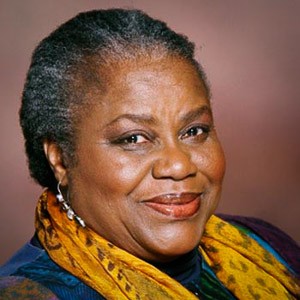
Bernice Johnson Reagon
Study War No More* (2009)
Bernice Johnson Reagon is a major cultural voice for freedom and justice, a member of the Freedom Singers and founder of Sweet Honey in the Rock. This piece, commissioned by Sarah Cahill, is based on Reagon’s choral arrangement of the spiritual “Study War No More.”
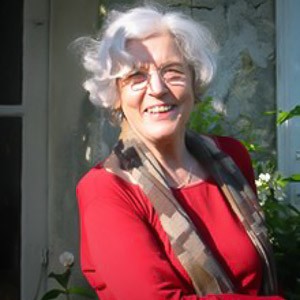
Betsy Jolas
Tango Si (1984)
French-American composer Betsy Jolas studied with Darius Milhaud and Olivier Messiaen at the Conservatoire National Supérieur de Musique of Paris. Her music exemplifies a blend of atonality and traditional harmonies. Tango Si is dissonant, playful, and brief.
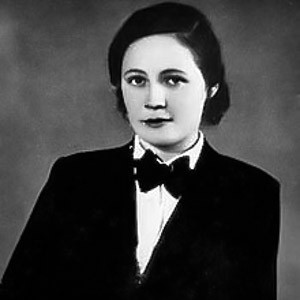
Vítězslava Kaprálová
April Preludes 1 and 3 (1937)
Kaprálová was one of the most brilliant young Czech composers to emerge between the two world wars. Before her death at age 25, she composed prolifically, and was the first woman to conduct the Czech Philharmonic. These Preludes were composed for the pianist Rudolph Firkusny.
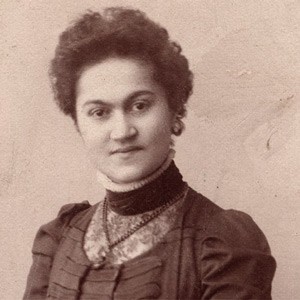
Leokadiya Kashperova
Au sein de la Nature (1910)
Now remembered primarily as Igor Stravinsky’s piano teacher, Kashperova was a successful composer in her youth, but after her marriage to a Bolshevik, she had to flee Russia, and her compositions were never performed or published in her lifetime. She wrote this suite, In the Midst of Nature, at age 28.
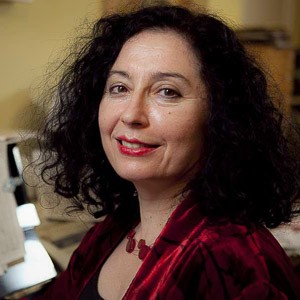
Elena Kats-Chernin
Peggy’s Rag (1996)
Born in Tashkent, Uzbekistan, Kats-Chernin migrated to Australia and also studied in Europe. Her diverse compositional output includes operas, orchestral works, chamber and solo pieces, plus music for dance, film, and theater. This very short rag is dedicated to composer Peggy Glanville-Hicks.
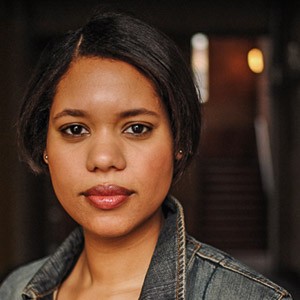
Hannah Kendall
On the Chequer’d Field Array’d (2013)
Hannah Kendall writes: “The title On the Chequer’d Field Array’d is taken from the 1763 poem Caissa by Sir William Jones and depicts the three sections of a game of chess (the opening, middlegame, and endgame), each taking inspiration from different sources.” The sources for the three movements come from Albert Einstein, Marcel Duchamp, and David Janowski.
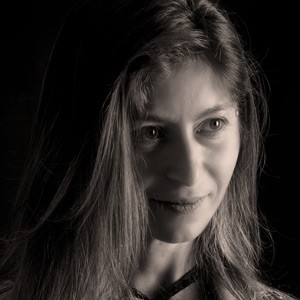
Aviya Kopelman
Everything is Foreseen & Free Will is Given* (2008)
Everything is Foreseen and Free Will is Given was commissioned for the Arthur Rubinstein Piano Competition. The score is in nine parts, which can be arranged in any order by the performer, and is inspired by the Jewish theo-philosophical saying about free will and God’s presence in our lives.
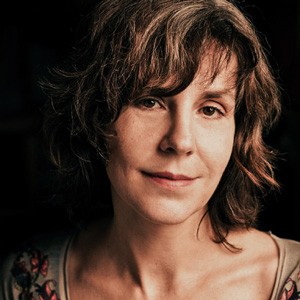
Hanna Kulenty
Smokey One (2016)
Polish composer Hanna Kulenty has written several works in the “Smokey” series, like “Smokey Eyes” for two pianos, saxophone, flute, and two drum kits, and “Smokey White” for piano quintet. “Smokey One” is a haunting piano solo which Kulenty premiered herself in 2016.

Mary Jane Leach
By’m’Bye* (2001)
Ruth Crawford’s setting of the traditional lullaby “By ‘n’ bye” is the source for this short piece by Mary Jane Leach. The work begins with low clusters and gradually introduces the first intervals of the song, with the pianist singing the melodic line. The combination of voice and piano is indicative of Leach's signature process of layering parts and experimenting with the textures created by multiple voices.
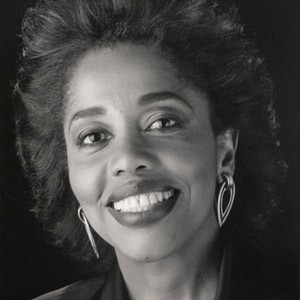
Tania León
Ritual (1987)
Afro-Cuban Pulitzer Prize-winning composer Tania León dedicated this piece, her first for piano, to her friends from the Dance Theater of Harlem, Arthur Mitchell and Karel Shook. Ritual is “about the fire in the spirit of people who encourage other people, because they see something that the person doesn’t see herself. It’s the fire that initiates something.”
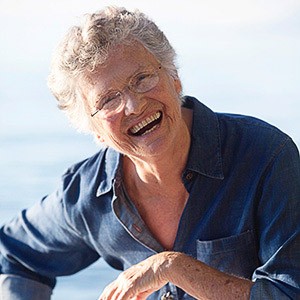
Annea Lockwood
Ear-Walking Woman (1996)
Ear-Walking Woman, for prepared piano and “exploring pianist,” writes Lockwood, “uses the classic piano preparations: coins, screws, wiring insulation sheathing, plus bubble wrap, a rubber ball and small wooden balls, two stones, a bowl gong, mallets, and a water glass… The work is set up as an open-ended exploration… I think of this experience as ‘ear-walking,’ like a hiker exploring a landscape.”
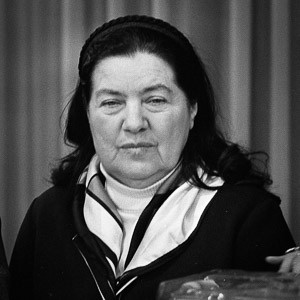
Nina Makarova
Etude No. 1 (1938)
Russian composer Makarova, who married composer Aram Khachaturian, wrote a set of piano etudes which are rarely, if ever, performed. Her compositions often showcased her interest in Russian and Mari folk music.
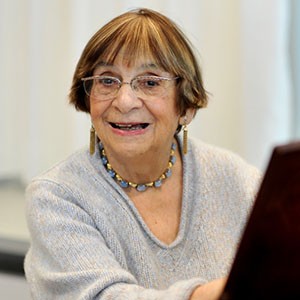
Ursula Mamlok
2000 Notes* (2001)
Born in Berlin, Mamlok fled Nazi Germany and emigrated to Ecuador and then to New York. Cahill co-commissioned the work, which reflects Mamlok's twelve-tone method. While crediting serialism as her biggest influence, Mamlok also said, "My music is colorful, with the background of tonality – tonal centers … I can't shake it completely."
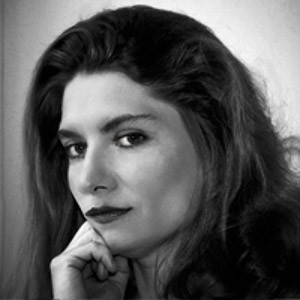
Bunita Marcus
Julia (1989)
Marcus, a composer in New York, uses the lyrics and melody of the Beatles song "Julia," about John Lennon's mother, who encouraged his interest in music. The words spoken by the pianist at the beginning of the piece are from the text of Lennon’s song: "seashell eyes, sleeping sand, windy smile, silent cloud, morning moon, ocean child, touch me."
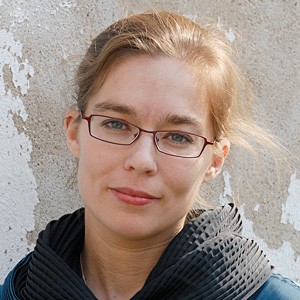
Žibuoklé Martinaityté
Togetherness" from Heights and Depths of Love (2009)
“Togetherness” is the title of this movement of a three-movement work by young Lithuanian composer Žibuoklé Martinaityté. The score is full of interpretive descriptions, for instance, at the opening: “Tenderly as though touching petals of a spring flower or touching a beloved one for the first time.”
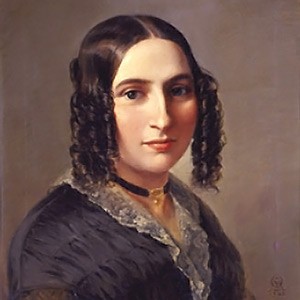
Fanny Mendelssohn
Lieder Op. 8, Nos. 1 & 3 (1846)
Fanny Mendelssohn and her brother Felix both composed “songs” for piano solo. The developmental techniques and thematic subtleties of Fanny Mendelssohn’s Lieder reveal her formidable talents as a composer, although she was forbidden to publish.

Anna Meredith
Camberwell Green (2010))
Scottish composer Anna Meredith's music straddles the different worlds of contemporary classical, art pop, techno, large-scale installations and experimental rock. Camberwell Green was commissioned by BBC Radio 3 for celebrations marking the 200th anniversary of Felix Mendelssohn’s birth.

Meredith Monk
St. Petersburg Waltz (1997)
Best known as a vocalist and performance artist, Meredith Monk is recognized as one of the most unique and influential artists of our time. She was a 2015 recipient of the National Medal of Arts from President Obama. According to Monk, St. Petersburg Waltz was inspired by her Eastern-European roots.
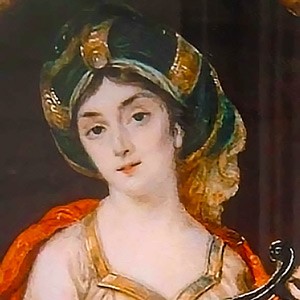
Hélène de Montgeroult
Sonata No. 9, Op. 5 No. 3 (1811)
Hélène de Montgeroult was a virtuoso pianist and composer. In a possibly apocryphal story, she saved herself from the guillotine by improvising variations on “Le Marsaillaise” during the French Revolution. Sonata No. 9 is one of Montgeroult’s many works for keyboard.
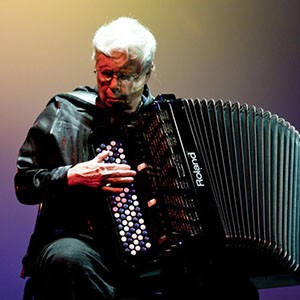
Pauline Oliveros
Quintuplets Play Pen* (2001)
Oliveros writes: “Quintuplets Play Pen was written especially for Sarah Cahill after listening to her recording of pieces by Ruth Crawford. The piece was conceived mathematically using a 10 x 10 matrix of choices.” The playpen is the piano keyboard, and the quintuplets are the fingers.
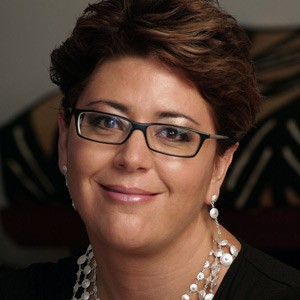
Gabriela Ortiz
Preludio y Estudio No. 3 (2011)
Born in Mexico City, Ortiz has composed operas and symphonic works as well as chamber and piano music. Her Preludio y Estudio 3, or Prelude and Etude No. 3, is inspired by Jesusa Palancares, a semi-fictional spiritual about a Mexican woman who emerged from poverty and fought in the Mexican revolution.
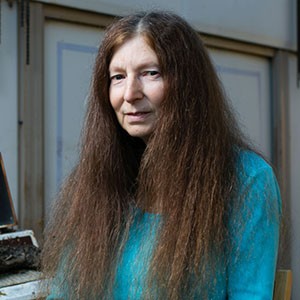
Maggi Payne
Holding Pattern* (2001)
Raised in Amarillo, Texas, Maggi Payne is a composer, flautist, interdisciplinary artist, recording engineer, and the creator of many works for electronic and visual media. Payne wrote this piece on commission from Sarah Cahill in tribute to composer Ruth Crawford.
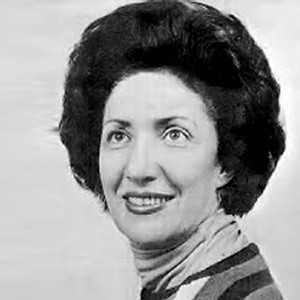
Adelaide Pereira da Silva
Valse Choro No. 2 (1965)
Born in Sao Paolo, Brazil, Pereira da Silva was one of the founders of the Brazilian Pro Music Society, and many of her works reflect her study of Brazilian folk music. Her Valse Choro No. 2 is a sensuously chromatic waltz, romantic yet harmonically adventurous.
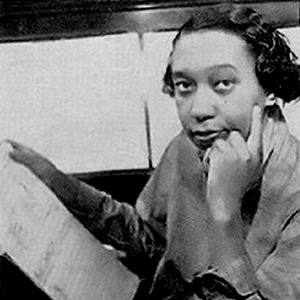
Julia Perry
Prelude (1946)
Julia Perry combined European classical and neo-classical training with her African-American heritage. She studied composition with Nadia Boulanger, and won the Boulanger Grand Prix for her Viola Sonata. Perry wrote this Prelude in 1946, but it wasn’t published until 1992.
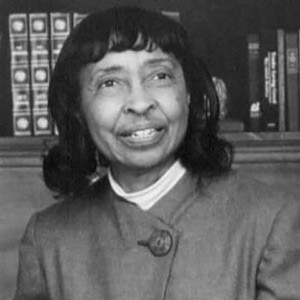
Zenobia Powell Perry
Rhapsody (1960)
Zenobia Powell Perry dedicated her Rhapsody to her daughter, who she managed to raise alone while teaching college and studying composition. Perry graduated from the Tuskegee Institute, was active in the Civil Rights Movement, and composed many remarkable piano works which have yet to be explored.
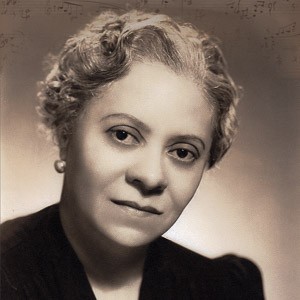
Florence Price
Sonata in E minor (1932)
Florence Price was the first African-American woman to have an orchestral work performed by a major American orchestra. The first movement of her Sonata in E minor contains quotes from the spiritual “Nobody Knows the Trouble I’ve Seen.”

Elena Ruehr
In C Too (2015)
Born in Ann Arbor, Ruehr says of her music that “the idea is that the surface be simple, the structure complex.” This piece was part of Sarah Cahill’s project for Terry Riley’s 80th birthday. Ruehr says, "In C, Too is a playful romp that explores the pitch C in various tonal guises, and some ragtime..."
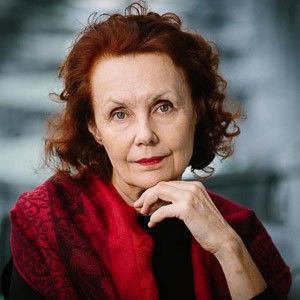
Kaija Saariaho
Ballade (2005)
Finnish composer Kaija Saariaho composed her Ballade for Emanuel Ax and writes: “In this short piece I wanted to write…a work that constantly shifts from a complex, multi-layered texture to concentrated single lines and back again. Why Ballade? Manny asked specifically for a piece bearing this title, and I wrote it for him in July 2005."
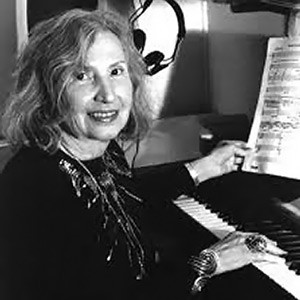
Ruth Schonthal
Variations in Search of a Theme (1976)
Ruth Schönthal escaped Nazi Germany and eventually settled in the United States. While pursuing a career as a composer, she also taught composition and piano to many accomplished students, including Lady Gaga. This piece opens with variations which only at the end reveal the theme.
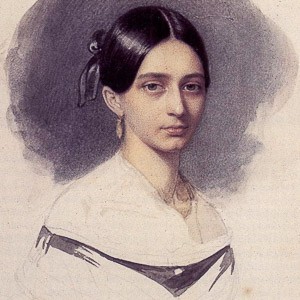
Clara Schumann
Variations, Op. 20 (1853)
Based on a theme by Robert Schumann, these variations were a present to him on his birthday, and among Clara Schumann’s last compositions. After her husband Robert’s death, she toured Europe and beyond as a pianist to support her family.
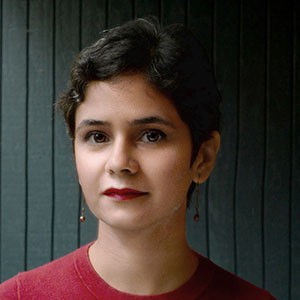
Aida Shirazi
Albumblatt (2017)
Aida Shirazi was born in Tehran and now lives in the Bay Area. Albumblatt is subtitled “A Winter Memory,” and includes various effects like strumming and finger-muting the strings and scratching the length of a string with a fingernail.

Gabriella Smith
new commissioned work **
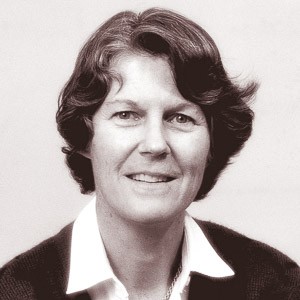
Ann Southam
Glass Houses No. 7 (1981)
Born in Winnipeg, Southam wrote electronic music and music for strings as well as minimalist works for piano. She said that minimalist, iterative compositions reminded her of "women's work" - repetitive, monotonous tasks such as knitting and cleaning that nevertheless sustain life. Glass Houses is constructed from short tonal units that combine and re-combine, creating an overall sense of lyricism.
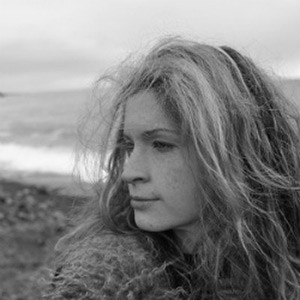
Christine Southworth
Sparkita and Her Kittens (2015)
American postminimal composer Christine Southworth explains, “I wrote Sparkita and Her Kittens in a hilltop castle town in Croatia in July 2014, surrounded by a beautiful calico cat, who we named “Sparkita”, and her five kittens. The piece is based on a midi score to a Bollywood soundtrack.”
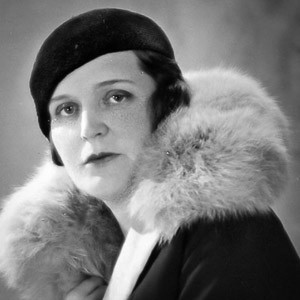
Germaine Tailleferre
Partita (1957)
Germaine Tailleferre was the only female member of the group of French composers known as Les Six. Beyond Les Six, her commitment to progressive musical ideas during the early 1920s combined with her allegiance to the traditional "French sound" earned her lasting prominence in the classical world. This three-movement neoclassical work reveals her great skills as a pianist.
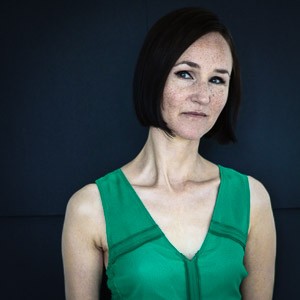
Anna Thorvaldsdottir
Trajectories (2013)
Icelandic composer Anna Thorvaldsdottir is the recipient of the Nordic Council Music Prize and the second recipient of the New York Philharmonic's Kravis Emerging Composer prize. Trajectories is a collaborative work for piano and electronics with optional visuals.
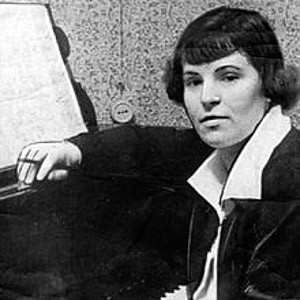
Galina Ustvolskaya
Piano Sonata No. 4 (1957)
Soviet composer Ustvolskaya composed her six piano sonatas over the course of 43 years. One musicologist says her music is “polarized between the opposing forces of silence and tense protest,” and her Sonata No. 4 reveals those extremes, in dynamics ranging from ffff to pppp within a unique and private sound world.
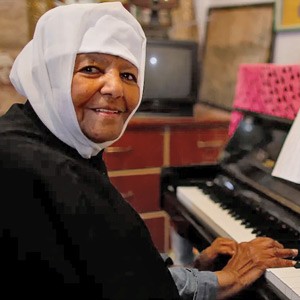
Emahoy Tsegué-Maryam Guèbrou
The Homeless Wanderer (1951)
Ethiopian nun Guèbrou has composed many piano pieces over the last sixty years, which are published by her foundation and reflect her own unique style at the piano. Of this piece, she says, “The homeless wanderer plays on his flute…The wild animals and snakes do not dare approach him, but listen spellbound to the melody his flute produces, which becomes its protector through the power of the notes. They become his friends.”
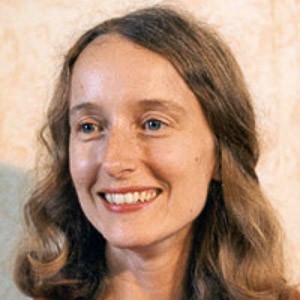
Lois V. Vierk
Yeah Yeah Yeah (1991)
Lois V. Vierk is an NYC-based post-minimalist composer. Based on the Beatles tune “She Loves You,” Vierk’s Yeah Yeah Yeah follows the harmonic structure of the song, through extended tremolos and arpeggiated embellishments. According to Vierk, “At the very end of the piece the musical phrase "yeah yeah yeah" is whispered briefly by the piano.”
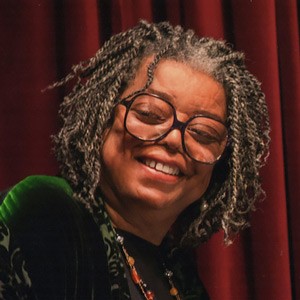
Mary D Watkins
Summer Days (2020)
Mary D Watkins is an eclectic composer as well as a pianist, arranger, recording artist, and record producer. Her music reflects many styles – jazz, gospel, country, rock, classical and pop. Summer Days, explains Watkins, “makes me think of children on a hot summer day freely playing in the water of a sprinkler, bouncing, running, wrestling, yelling, laughing, and screaming with delight.”
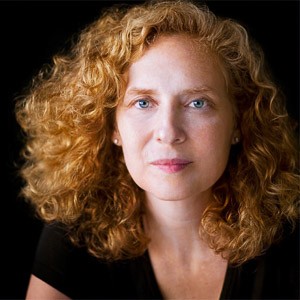
Julia Wolfe
Compassion* (2001)
Prominent American composer Julia Wolfe writes: “I wrote Compassion shortly after 9/11. I was standing near the towers with my family when the first plane struck. It is impossible to describe the emotions of that day. Compassion was commissioned by pianist Sarah Cahill in honor of the composer Ruth Crawford Seeger. The name Ruth means compassion. The title is for her name, as well as a response to the time.”
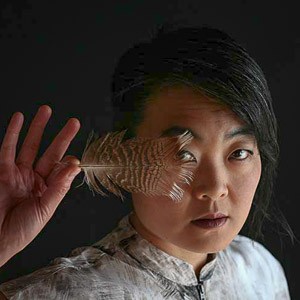
Theresa Wong
She Dances Naked Under Palm Trees* (2019)
Theresa Wong is a cellist, composer, vocalist and improviser based in San Francisco. Wong was inspired by Nina Simone’s a cappella song “Images” and its lyrics, which is a poem by Harlem Renaissance poet William Waring Cuney. The melody of Simone’s song appears in the opening.